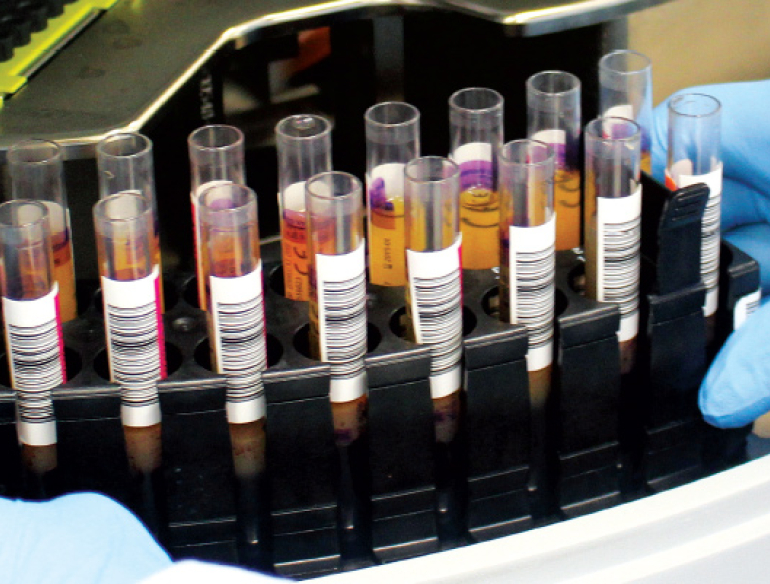- Over the ten‑year period 2006 – 2015, there were approximately 12.7 million blood donations in Australia with an average of 1.2 million donations per year. Over the past ten years, 2006 – 2015, there has been no significant change in the total number of donations. Total blood donations in 2015 increased slightly by 0.75% (representing 9 503 more donations) compared to 2014.
- In 2015, a total of 157 blood donors were detected as having a TTI for which screening is in place, namely, hepatitis B virus (HBV), hepatitis C virus (HCV), human immunodeficiency virus (HIV), human T‑cell lymphotropic virus (HTLV), or active syphilis. In the ten‑year period 2006 – 2015 a total of 2 172 TTI‑positive donors were detected. In 2015, no donor was infected by more than one TTI.
- There were 84 HBV infections detected among all donations in 2015 (72 in first‑time donors and 12 in repeat donors).
- There were 62 HCV infections detected among all donors in 2015 (43 in first‑time donors and 19 in repeat donors). The proportion of HCV RNA positive (potentially infectious) donors was 45%, a figure that has incrementally declined from around 75% when HCV RNA donation testing was introduced in 2000.
- There were two HIV infections detected among all donations in 2015 (one first‑time and one repeat donor).
The Annual Surveillance Report on Transfusion-transmissible Infections (TTI) in Australia provides a comprehensive analysis of trends in transfusion-transmissible infections among Australian blood donors. The report aims to provide evidence to inform the ongoing assessment of laboratory testing algorithms for detecting transfusion-transmissible infections as well as evaluation and revision of donor education guidelines for minimising the risk of transfusion-transmissible infections and thus maximising the safety of the Australian blood supply.
Contacts
Chief investigators
A/Prof Rebecca Guy
Head, Surveillance Evaluation and Research Program
The Kirby Institute – UNSW Australia
+61 2 9385 0978, Rguy@kirby.unsw.edu.au
Sue Ismay
Scientific Director, Manufacturing
The Australian Red Cross Blood Service
+61 2 9234 2152, Sismay@redcrossblood.org.au
Dr Clive Seed
Senior Blood Safety Analyst, Donor and Product Safety (DAPS) Policy Unit
Australian Red Cross Blood Service
+61 8 6213 5913, cseed@redcrossblood.org.au

